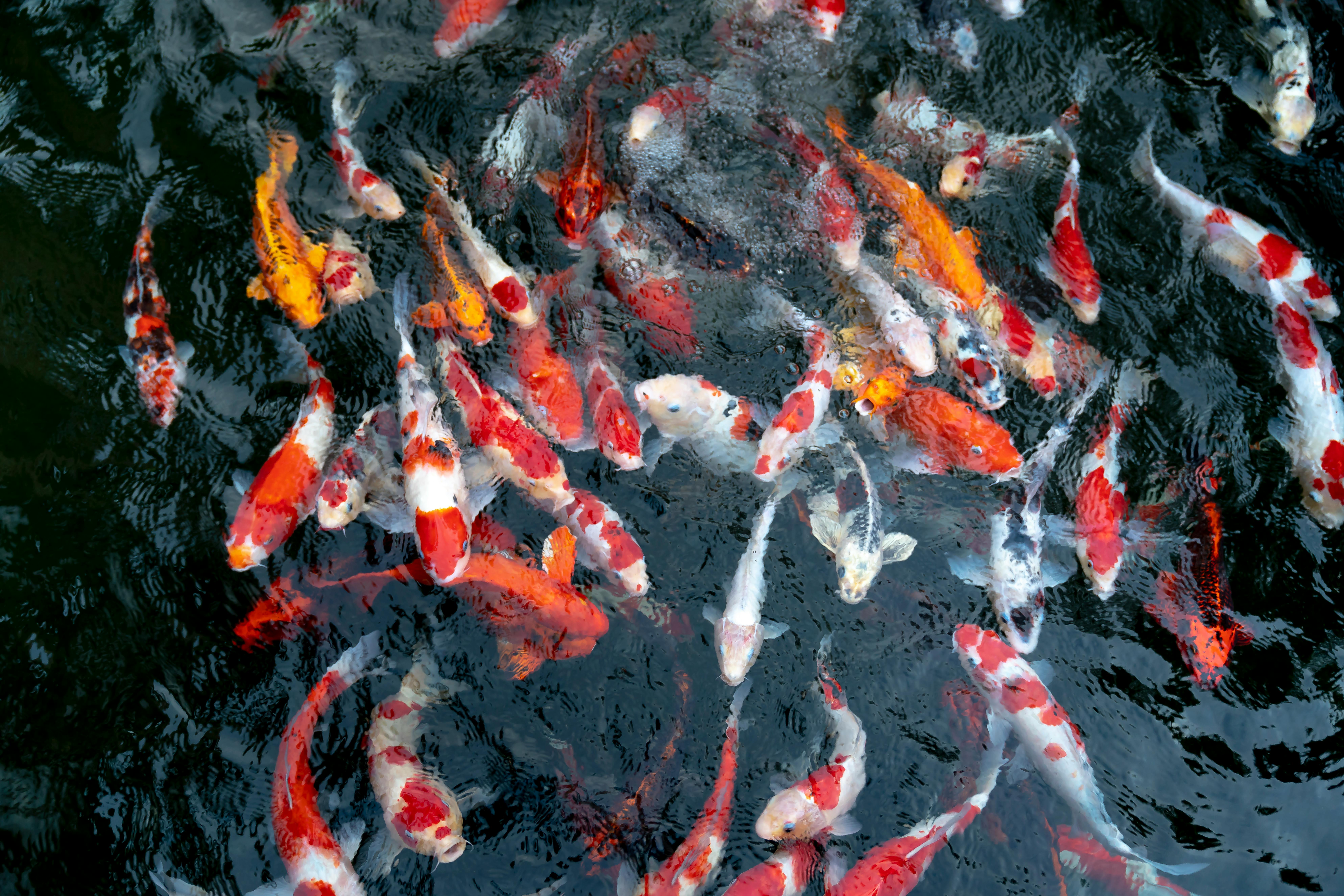
Effective Ways to Improve Java Fern Care in 2025
Java ferns are among the most popular aquatic plants in both freshwater and terrarium setups, thanks to their hardy nature and lush aesthetic appeal. As an aquatic gardener or aquarium enthusiast, understanding the nuances of java fern care is essential for maintaining a thriving aquatic environment. Aside from their attractiveness, java ferns offer numerous benefits including improving water quality and providing cover for fish and shrimp. In this article, we will delve into the effective methods for enhancing java fern maintenance, covering essential tips and best practices to promote healthy growth.
From understanding optimal java fern lighting conditions to mastering watering techniques and pruning strategies, we will explore various aspects of care that contribute to the overall health and longevity of your java fern. Key takeaways will include practical advice on java fern propagation, dealing with common issues, and selecting appropriate tank mates for your java ferns.
By the end of this guide, you will be well equipped with the knowledge needed to ensure vibrant and lush java ferns in your aquarium or terrarium environment.
Understanding Java Fern Care Basics
Essential Java Fern Species
Java ferns come in various species, each with unique characteristics. The most common species, Microsorum pteropus, is revered for its resilience and adaptability. Other notable species include the Java Fern Trident, which features distinctively divided leaves, and Microsorum pteropus var. ‘Narrow’, recognized for its thin, narrow foliage. Understanding these species' attributes can enhance your care strategy.
Optimal Java Fern Growth Conditions
For thriving java ferns, creating optimal conditions is crucial. These plants prefer a temperature range between 20-28°C, with high humidity levels ideal for growth. Ensuring the right java fern substrate is vital; they thrive in nutrient-rich, well-draining substrates, allowing for healthy root development. Monitoring the water's conditions, including pH levels between 6.0 and 7.5, contributes to successful growth.
Java Fern Lighting Requirements
Lighting plays a critical role in the health of java fern. While they can survive in low-light environments, consistent exposure to moderate lighting will promote better growth and foliage density. A lighting schedule of around 8-10 hours daily is recommended to mimic natural conditions. Be cautious of excessive direct light which can lead to algae growth on the leaves.
Java Fern Watering Practices
Water quality is essential for the well-being of java fern. Regular water changes, ideally 20% weekly, help maintain the java fern water needs by ensuring that nitrate levels remain manageable while providing fresh nutrients. It's also important to prevent stagnant conditions as this can lead to rot and disease.
Common Java Fern Care Issues
Some common problems java fern may experience include leaf spots and algae overgrowth, stemming from poor water quality or inadequate light. Regular health checks and adopting proactive management techniques will keep your ferns thriving. Additionally, establishing the right java fern tank mates helps reduce stress on the plant, contributing to their overall health.
Java Fern Tips for Successful Growth
To promote robust growth, consider the following tips: 1) Incorporate a balanced java fern fertilizer to enhance nutrient levels, 2) Avoid over-trimming as java ferns naturally grow at a slow pace, and 3) Monitor humidity levels regularly, especially in terrarium setups. These best practices will help you achieve an attractive and healthy display of java ferns in your aquarium.

Advanced Java Fern Maintenance Techniques
Pruning for Optimal Health
Regular pruning of java fern is essential for maintaining plant health and aesthetic appeal. Pruning helps to remove dead or yellowing leaves, allowing more resources to be directed towards the healthier parts of the plant. The best time for pruning is during the growing season when the plant is most vigorous. Use sterilized tools to minimize the risk of disease transmission.
Java Fern Propagation Methods
Java ferns can be propagated through several methods, including by division or by attaching leaflets to rocks or driftwood. For division, carefully separate the plant at the rhizome, ensuring that each division contains several leaves to promote successful growth. Attaching leaflets to surfaces encourages the formation of new plants, a process known as vegetative propagation.
Maintaining Optimal Java Fern Humidity
Humidity is a critical factor in the growth of your java ferns, especially in terrariums. If the humidity drops below 50%, it can hinder growth and lead to leaf desiccation. Use a hygrometer to monitor humidity levels and consider misting the plants regularly or including a water source in the terrarium to maintain consistent moisture levels.
Managing Java Fern Diseases
Java ferns can be affected by various diseases, including rot, which is often caused by overly saturated conditions. To prevent rot, ensure there is an adequate flow of water around the roots and avoid overwatering. Look out for signs of pests such as snails or aphids, commonly associated with java ferns. Keeping the aquarium clean and well-maintained reduces the likelihood of disease.
Fostering Sustainable Java Fern Growth
For sustainable growth, it's essential to consider ecological balance. Avoid over-fertilizing and ensure compatible java fern aquarium companions to minimize stress. When choosing plants or animals to accompany your ferns, ensure they share similar environmental requirements. Establishing a well-rounded ecosystem contributes to the longevity and aesthetics of your java ferns.
Common Java Fern Care Myths
Debunking Java Fern Misconceptions
Many myths surround java fern care, such as the notion that they require high-intensity lighting to thrive. In reality, they often prefer moderate lighting conditions. Another misconception is that they demand frequent fertilization; however, too much fertilizer can actually harm the plant. Understanding the facts behind these myths is crucial for proper care.
Real Success Indicators for Java Fern Health
When properly cared for, java ferns exhibit certain success indicators, including vibrant foliage, steady growth, and rooted rhizomes. Maintaining appropriate environmental conditions, such as light and humidity, leads to thriving plants. Monitoring leaf structure and color can also provide insight into their health. Healthy java ferns contribute positively to the overall environment of your aquarium or terrarium.
Java Fern Lifespan and Hardiness
Java ferns are known for their impressive lifespan, often thriving for several years under optimal conditions. Their hardiness makes them suitable for beginners and seasoned aquarium keepers alike. By understanding java fern characteristics and providing ideal conditions, you can enjoy the beauty and benefits of java ferns in your aquatic setup.
Creative Uses of Java Ferns in Aquascaping
Java ferns are not only valued for their low-maintenance care but also for their aesthetic appeal. They enhance aquascaping designs with their lush green foliage and unique structures. Effective placement of java ferns can create depth and interest in your aquarium landscape. Combine them with smooth stones and driftwood to develop an engaging visual layout.

Java Fern Care: Q&A Section
What are the best tank mates for Java ferns?
Java ferns thrive in a community tank with peaceful fish or invertebrates. Ideal tank mates include neocaridina shrimp, tetras, and guppies, as they do not harm the ferns. It's important to avoid aggressive species that may uproot or damage the plants.
How often should I fertilize my Java ferns?
Fertilization frequency depends on the growth rate and water conditions. A balanced, diluted fertilizer every 4-6 weeks is usually sufficient to enhance their growth without overwhelming the plants with nutrients.
Can I grow Java ferns emersed?
Yes, java ferns can grow emersed, but they require higher humidity levels to prevent leaf desiccation. They adapt well to terrarium setups, making them versatile plants for various environments.
Why are my Java fern leaves turning yellow?
Yellowing leaves can indicate various issues such as insufficient light, poor water quality, or over-fertilization. Assessing your care routine and making adjustments can help resolve this common problem.
What is the ideal pH for Java ferns?
Java ferns prefer a pH range between 6.0 and 7.5. Maintaining stable pH levels contributes to robust growth and overall plant health.